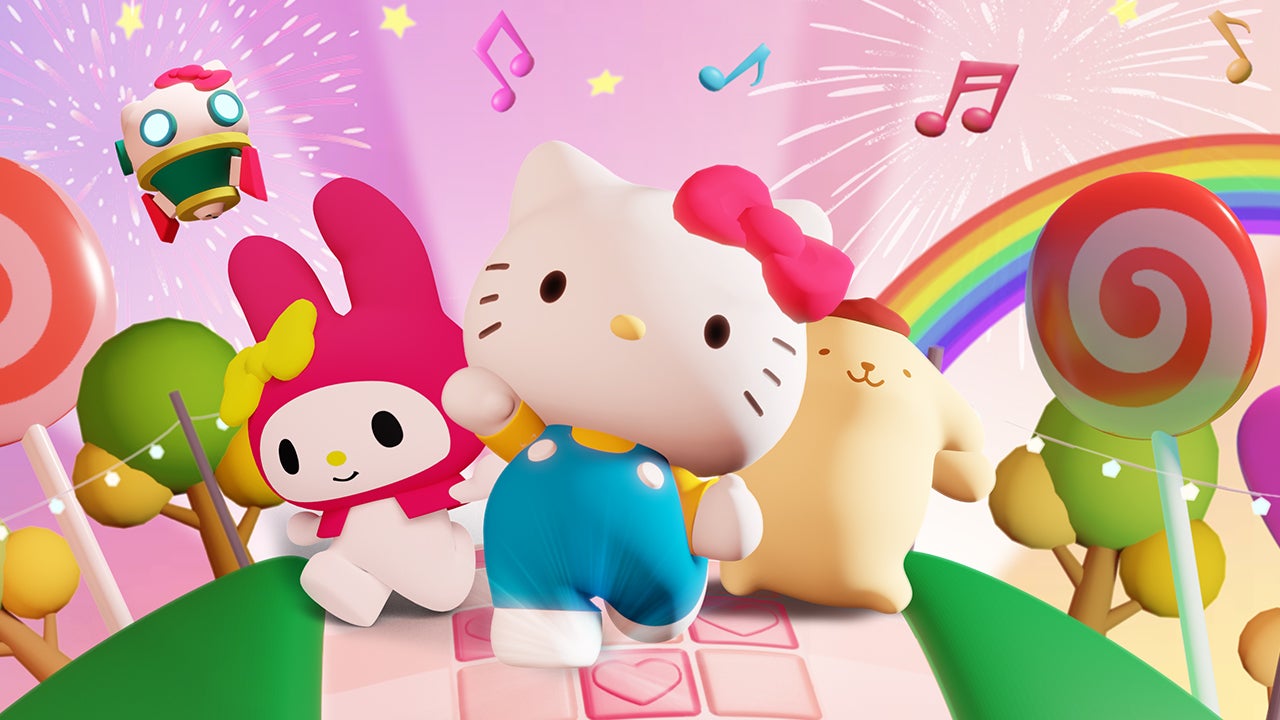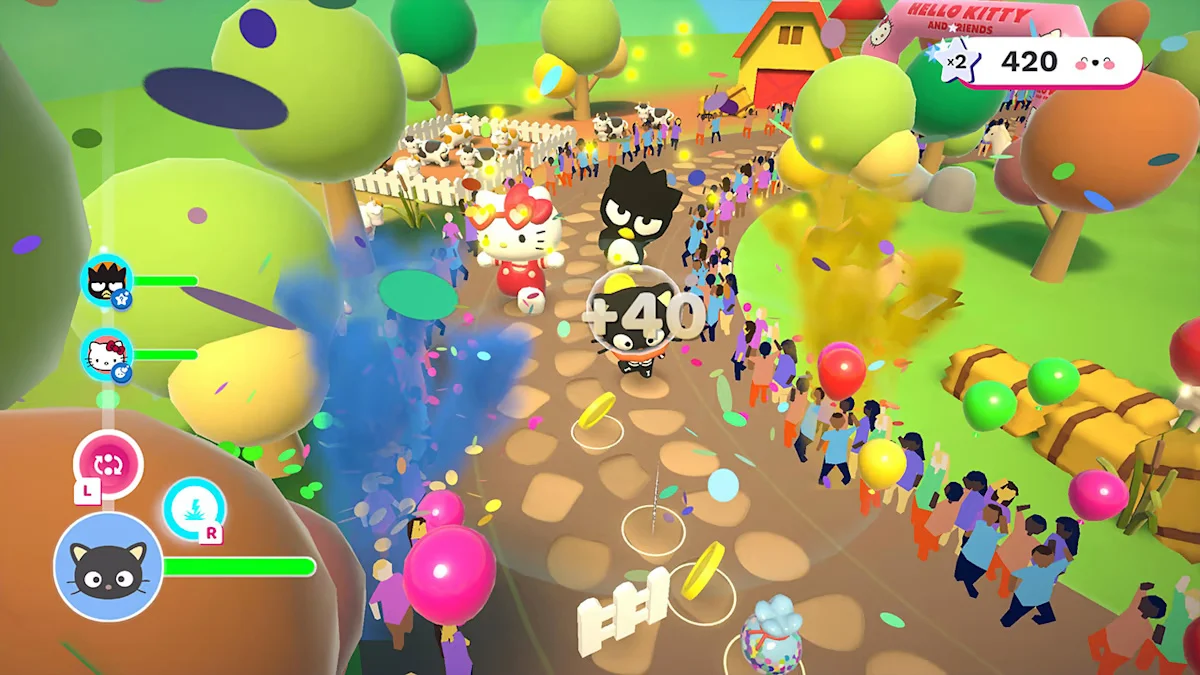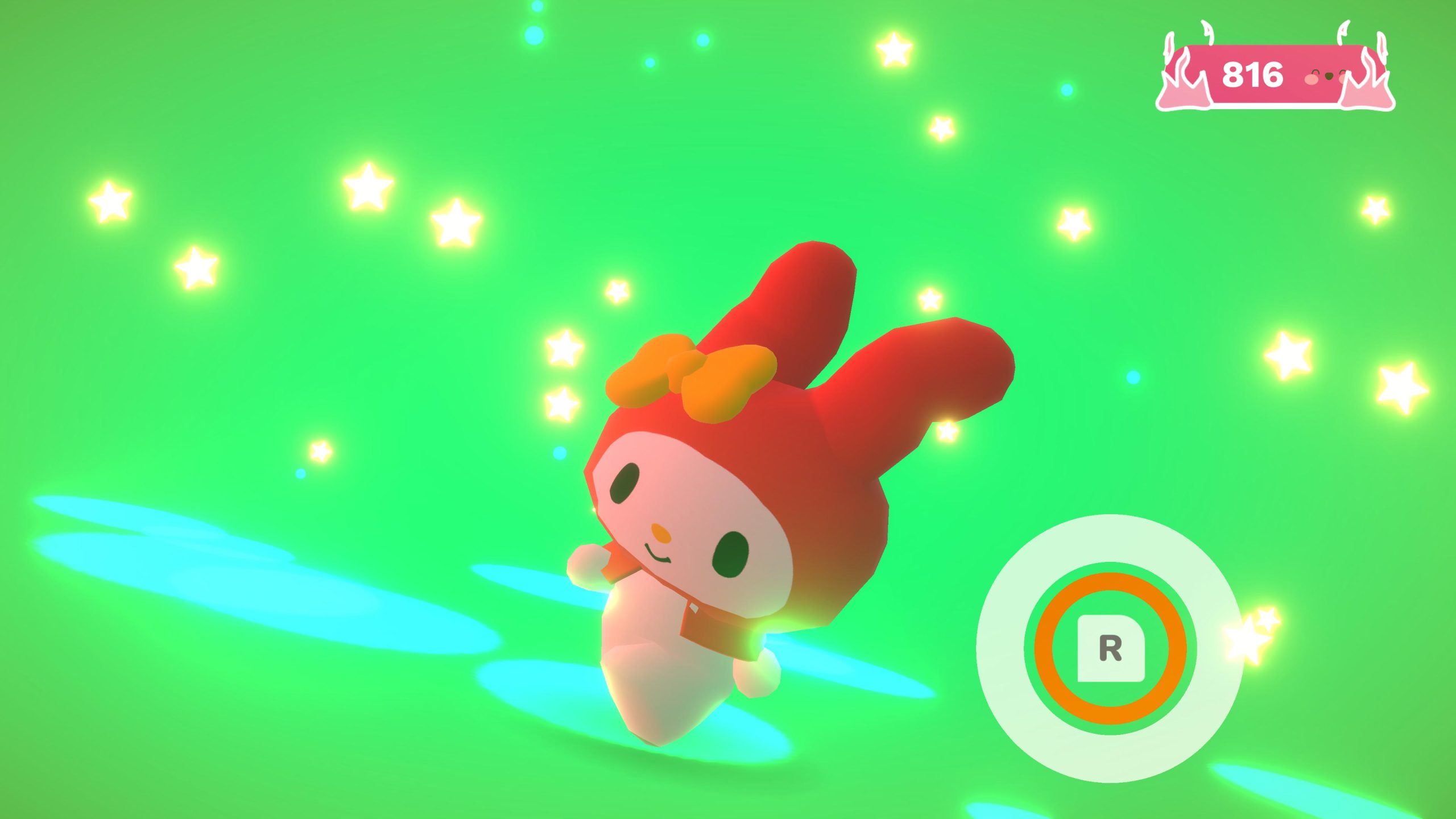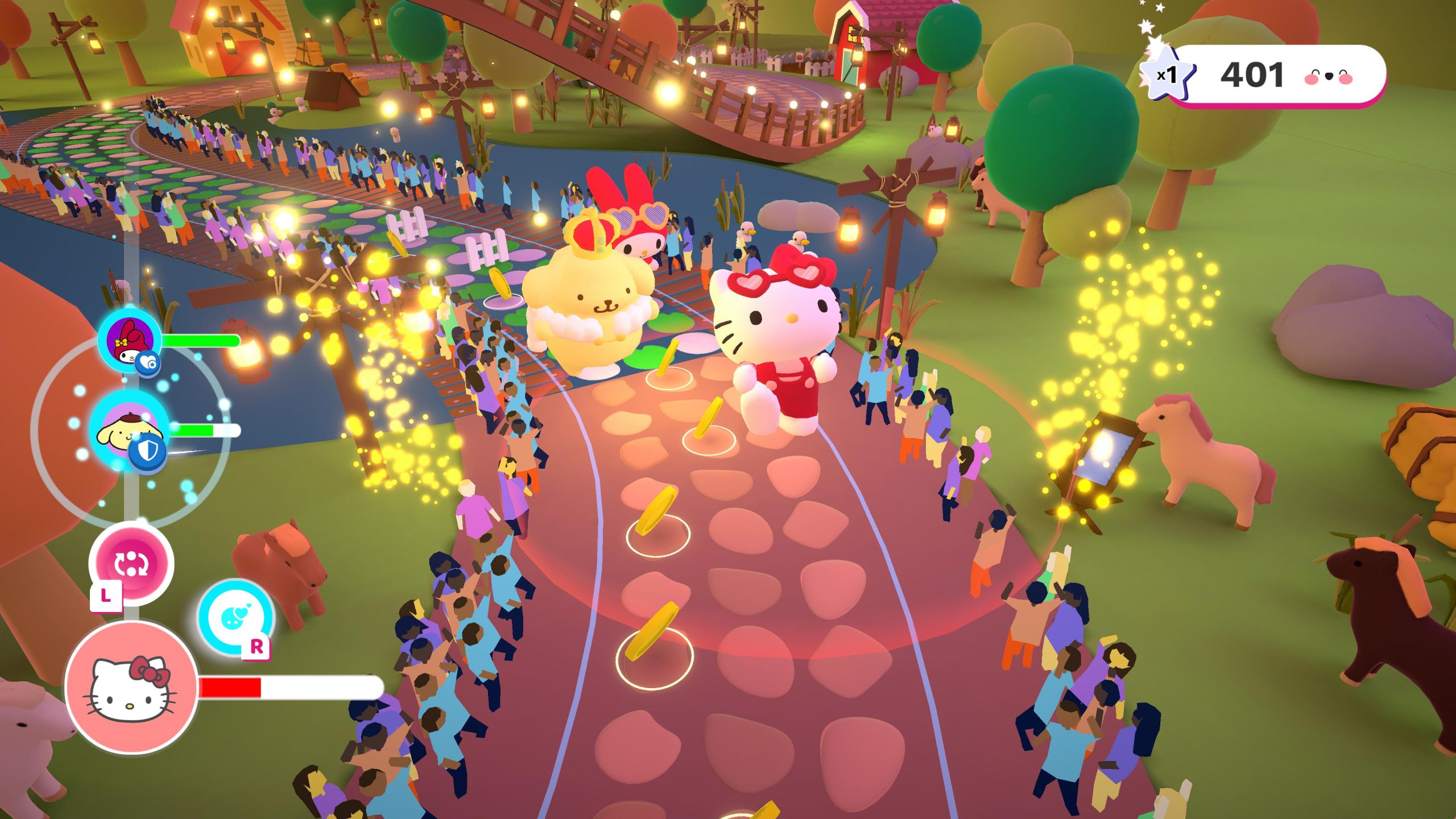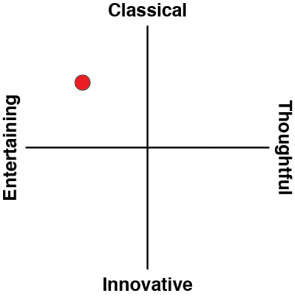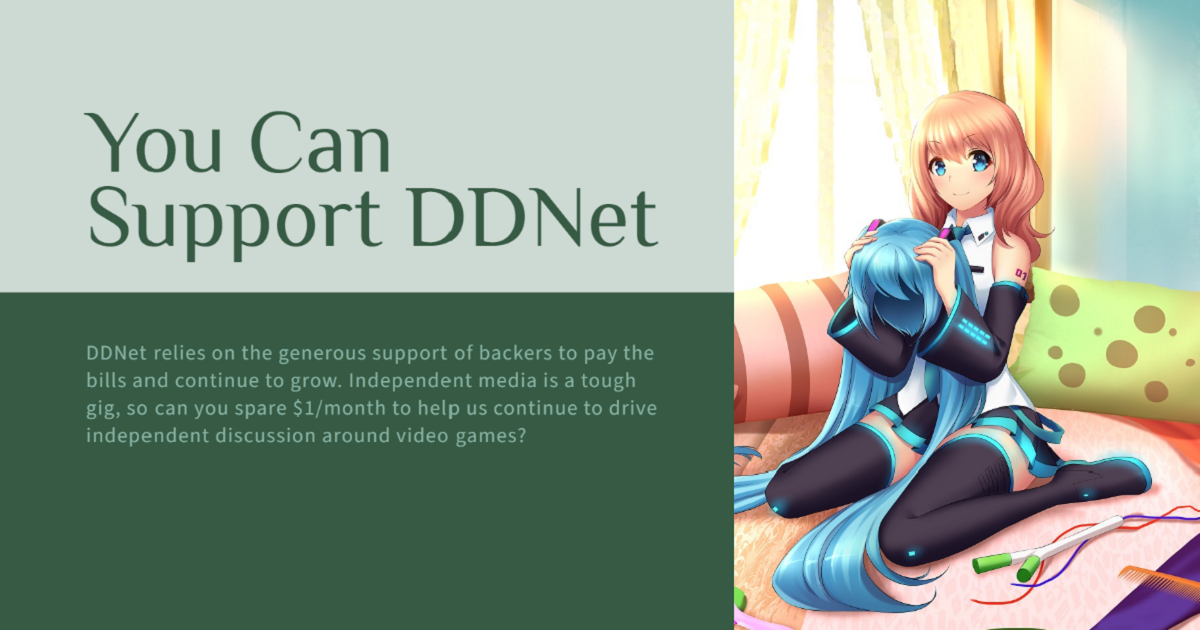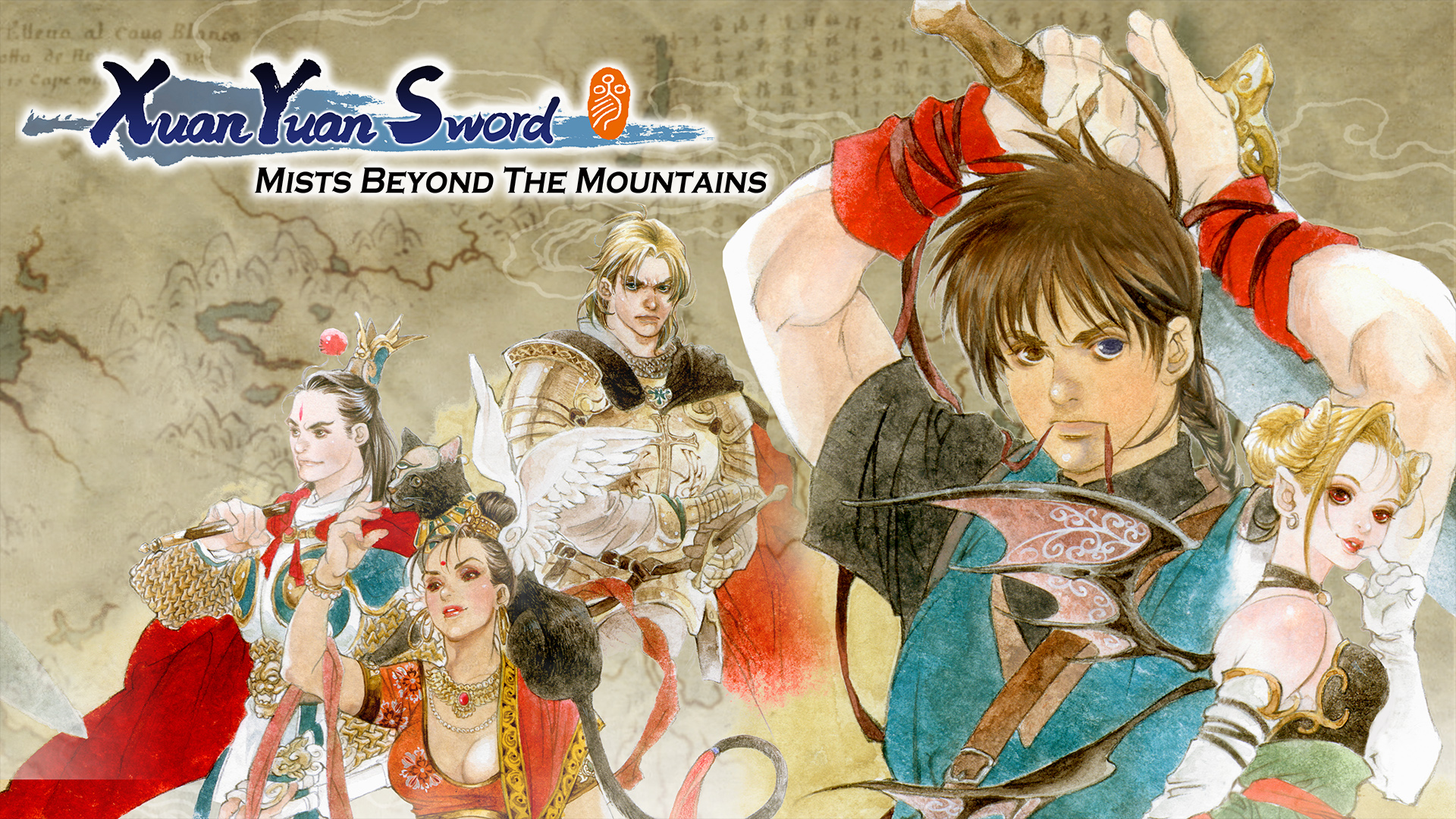Hello Kitty and Friends Happiness Parade was meant to be out much, much earlier in the year. It had even briefly appeared on some eShop storefronts around the world. Something must have been wrong with it, however, as it was unceremoniously pulled and put back into development for some months.
Related reading: Rilakkuma – Our generation’s Hello Kitty.
Now it has been released at the worst possible time of the year, considering all the big releases coming out around it. That’s a pity, because Hello Kitty and Friends Happiness Parade is actually a pretty decent thing, worth spending some time with, for anyone that enjoys cute things and uncomplicated charm.
It’s going to be written up as a “rhythm game,” but it’s not really. Not if you’ve ever actually played a musical instrument seriously. If you have, you surely know what a metronome is – a useful tool that keeps a mechanical beat. When you use a metronome while playing music it helps to help you keep in time. With that as the foundation, you then put performative qualities – such as rhythm – over the top. Hello Kitty and Friends Happiness Parade is less of a rhythm game, since it doesn’t emulate the experience of interacting with music, as it is a metronome game, featuring none of the performative qualities that rhythm games aspire to.
To break it down, in Hello Kitty Happiness Parade there are a number of “lanes” arranged like a road. Your job is to time each “step” on that road that the character takes in time with the music’s beat. One beat, one step. You can move from one lane to the next at the allocated beat, but you do need to maintain the beat in perfect sync. Just like a metronome.
While you’re concentrating on keeping in perfect time with the beat, there’s also a series of obstacles that will be dropped in front of you. These range from the relatively mild fences (hit one and your character takes a bit of damage), to a swinging hammer (if it hits your character it’s an instant knockout). You start with three characters on the first level, with each level being one piece of music. Pass it and you get taken to a world map where you can choose the next stage. The goal is to get to the final leg of the journey and complete it without losing all three characters, with damage and KOed characters carrying over from one level to the next.
Finally, at certain points in each level, there are what can only be called disco dancing sequences, which involve one of your characters hitting cool dance poses for a couple of seconds. These little sequences do behave like more classical rhythm games, and are very amusing as the character struts their stuff.
The great thing about Hello Kitty Happiness Parade is how charming it all is. Characters are chunky and simple, but capture the appeal that makes them all such a machine for merchandise sales. There are some odd choices, such as why the eternally-popular Cinnomoroll isn’t present, and, personally, I am deeply disappointed that Pekkle the duck isn’t a playable character, but across the cast that is there, there’s enough that one of your favourites probably shows up.
There’s also a great energy to it. The world pops with disco-style colour and energy as the characters parade their way down the roads. On the side of the “road”, crowds cheer the mascots on, and while the enemies and traps are very simple, they are also bright and happy, and add to the colour of the experience. Of course, Hello Kitty is an all-ages kind of mascot, and the Kitty games do tend to skew to the younger end of the demographics in terms of who they target, but the great secret about “entertainment for kids” is that it’s most successful when adults can also enjoy it. Too often Kitty games miss this nuance, but Happiness Parade gets it. Kids will enjoy the simple action and cute characters. Older people will appreciate the disco aesthetic and subtle humour that brings the entire experience.
The other thing that is critical to any “rhythm game” – or in this case a metronome game – is the soundtrack. In this particular genre, naturally, if the music sucks no one is going to want to play it. On this point I have some conflicted opinions about Hello Kitty Happiness Parade. Some of the music is great. Real foot-tapping stuff that I would probably listen to while doing a workout… or doing some dance practice of my own. However, it has to be said that when I did a Google search for some of the music, I found myself on those royalty-free music libraries – like Shutterstock, but for music.
There is nothing inherently wrong with this – after all, again, I was tapping my feet to a lot of the music so objectively it was enjoyable to listen to. And for many other genres, stock music for the menus or whatever else is totally fine. However, for a game where the music is front-and-centre, I don’t think it’s unreasonable to expect the developers to have put some more effort into either licensing or having an original score written. And perhaps I was just unlucky and the tracks that I looked for just happened to be the fillers and exception. But sourcing music from these libraries does explain the inconsistencies in the range and quality of the music. Several tracks simply make no sense… unless you work on the premise that the developer scoured through cheap libraries of royalty-free content to find them.
Overall, Hello Kitty and Friends Happiness Parade is bright, bubbly, and whimsical. It’s also reasonably challenging, since it’s actually not easy to be as mechanical as a metronome, especially when there are as many visual distractions as this game throws at you. Consequently, between this and that also good quality Animal Crossing clone on Apple Arcade, Hello Kitty is having quite a good year in video games.
